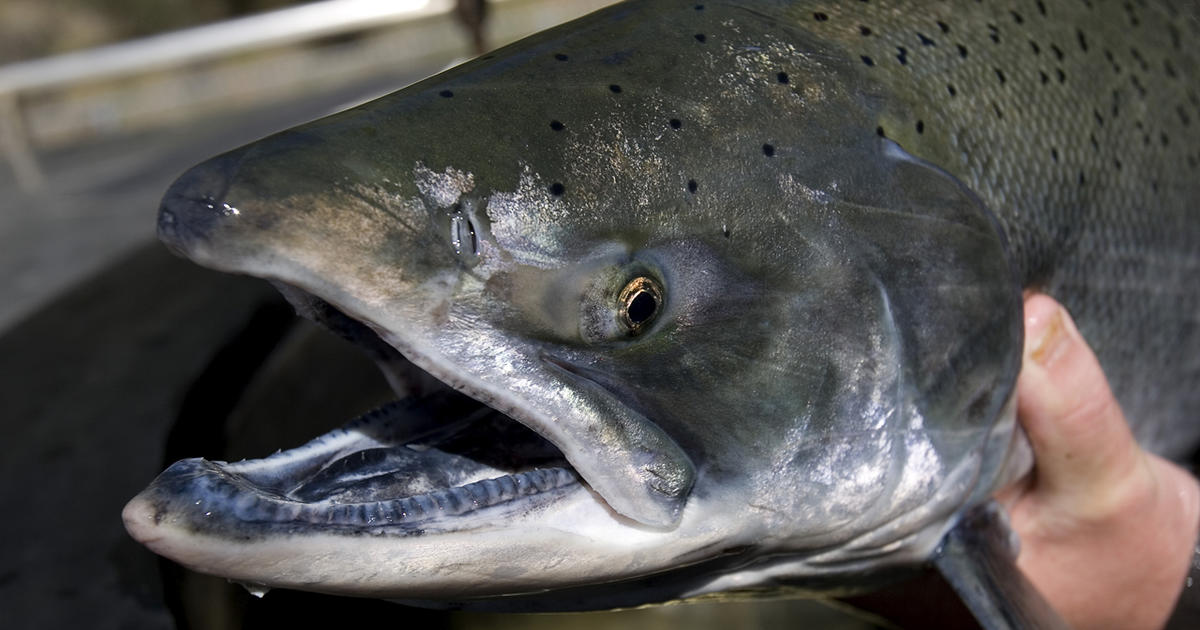The alarming 2024 Living Planet Report from the World Wide Fund for Nature (WWF) reveals a catastrophic 73% decline in average wildlife populations globally over the past 50 years. This drastic reduction underscores the urgent need for global action to protect biodiversity and highlights the interconnectedness of human actions, climate change, and the survival of countless species. This decline affects a vast array of creatures across diverse ecosystems, from the iconic elephants of tropical forests to the salmon runs of California’s rivers. The report serves as a stark warning ahead of the COP16 biodiversity conference, emphasizing the necessity for immediate and comprehensive measures to reverse this devastating trend.
The Catastrophic Decline in Global Biodiversity
The WWF’s report paints a grim picture of the state of the planet’s biodiversity. The 73% average decline in wildlife populations over just half a century represents a shocking loss of life and ecosystem health. This isn’t just about the loss of individual animals; it’s about the unraveling of intricate ecological webs that sustain life on Earth. The report highlights how interconnected this loss is to human activity.
Human Impact and Habitat Loss
The accelerating loss of biodiversity is significantly driven by human activity. Habitat destruction, driven by expanding human populations, agricultural intensification, and urbanization, remains a primary culprit. As humans encroach upon natural habitats, they displace and endanger species, disrupting delicate ecological balances. The construction of dams, like the Shasta Dam in California, blocks access to critical spawning grounds for species like the Chinook salmon, demonstrating how infrastructure projects can decimate entire populations.
Climate Change as an Accelerating Threat
Climate change is acting as an accelerant to the already dire situation. Changing temperatures, altered precipitation patterns, and increasingly frequent extreme weather events are disrupting ecosystems and pushing species beyond their capacity to adapt. Professor Elizabeth Hadly notes that species are exquisitely adapted to their specific environments, and rapid environmental changes disrupt these finely tuned adaptations leading to extinctions. The impacts of climate change are wide ranging. From impacting migration patterns to affecting water temperatures for aquatic species, and changing rainfall to affect food resources, climate change poses a grave threat to many.
Case Studies: Birds, Salmon, and the Interconnectedness of Life
The report’s findings aren’t just abstract numbers; they translate to real-world consequences for specific species and ecosystems. The decline of bird populations in the San Francisco Bay Area, fueled by habitat loss and climate change, demonstrates the local impacts of a global problem. Similarly, the drastic decline of winter-run Chinook salmon in California showcases the destructive effects of dam construction and climate change on fish populations. Their plight goes beyond a single species: Chief Caleen Sisk underlines how the salmon’s survival is intricately tied to the health of the river system and ultimately to the survival of the indigenous communities that depend on it. Their efforts to reintroduce salmon, working collaboratively with the Māori of New Zealand, highlights the vital role of indigenous knowledge and international cooperation.
Birds in the San Francisco Bay Area
The Bay Area, though seeming like a vibrant hub of human activity, serves as a microcosm of larger biodiversity threats. Dr. Katie LaBarbera explains that the native birds, needing diverse plant and insect populations for survival, are dramatically affected by habitat loss and a changing climate. This highlights how even seemingly unaffected areas are seeing significant impacts, highlighting the interconnectedness of regional and global issues.
The Plight of the Chinook Salmon
The severe decline in the California winter-run Chinook salmon is an exemplary case. The Shasta Dam, an engineering marvel, ironically acted as a barrier for a species vital to the ecosystem, and now, climate change further threatens the salmon’s survival by impacting their crucial migratory routes in the Sacramento River. Chief Sisk’s statement encapsulates this: “If the salmon survive, people will survive”. This illustrates the intricate relationship between human well-being and the health of natural ecosystems.
The Urgent Need for Global Action and Conservation Efforts
The findings of the report necessitate a global response. The emphasis from experts like Professor Hadly and Dr. LaBarbera underlines the irreplaceable nature of biodiversity. We cannot recreate what we lose, highlighting the urgent need for action. This includes protecting remaining habitats, mitigating climate change, and restoring degraded ecosystems. International cooperation and commitments like those potentially made at COP16 are essential. It underscores the importance of integrated approaches that consider ecological, social, and economic factors. Indigenous communities, whose knowledge and practices are indispensable to conservation, must play a vital role in conservation efforts.
International Cooperation and Conservation Strategies
The COP16 biodiversity conference holds immense significance in shaping the global response. The report acts as a wake-up call to ensure that nations agree on ambitious targets to halt and reverse the decline in biodiversity. This demands concerted efforts to protect remaining habitats, address climate change, and restore degraded ecosystems through innovative methods. The integration of local and indigenous knowledge is crucial, recognising the irreplaceable understanding these communities hold of local landscapes and ecologies.
The Role of Education and Awareness
The conservation of our planet’s biodiversity should not solely rest on the shoulders of governments and researchers. Dr. LaBarbera and Chief Sisk reiterate that understanding and appreciation are crucial components of successful preservation. The more the public understands the intertwined survival of both humanity and wildlife, the more successful future conservation strategies can become.
Takeaway Points:
- The WWF’s 2024 Living Planet Report reveals a catastrophic 73% decline in global wildlife populations over 50 years.
- Human activity, including habitat destruction and climate change, are the primary drivers of this decline.
- The plight of the Chinook salmon and Bay Area birds illustrate the real-world impacts of biodiversity loss.
- International cooperation, including robust commitments at COP16, is crucial to reversing this devastating trend.
- Increased public awareness and education are vital to driving effective conservation strategies.




